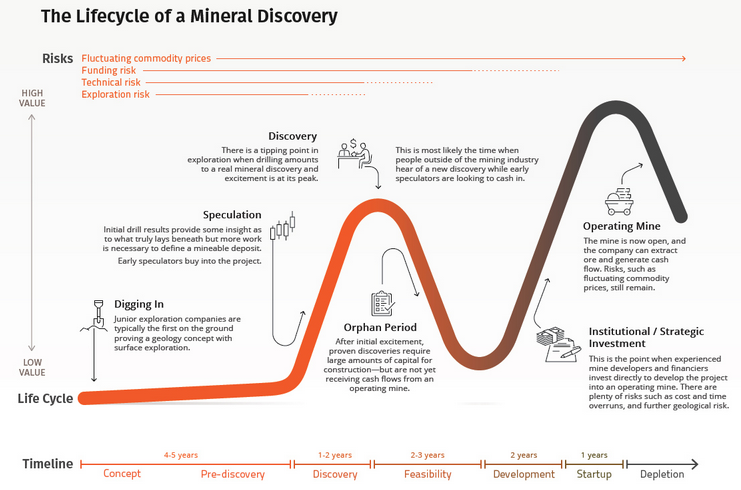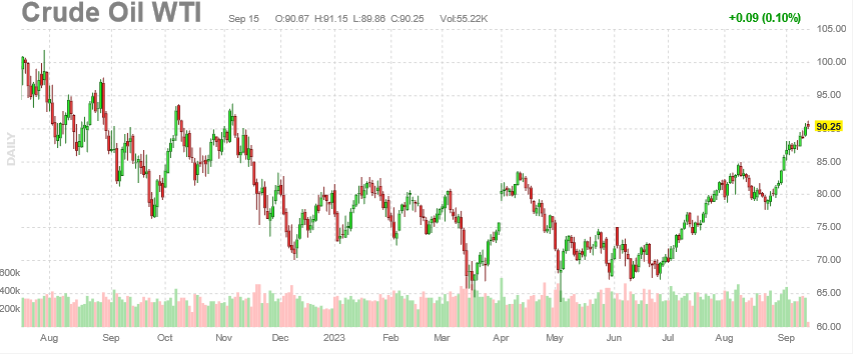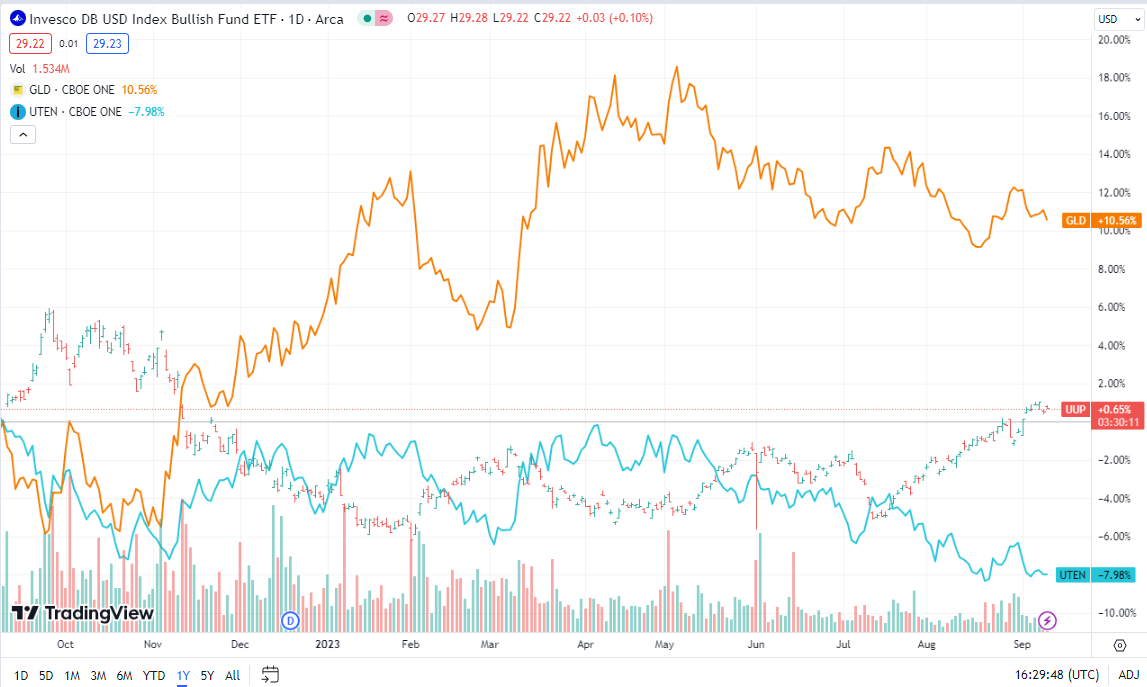This is going to be short and sweet on my part.
I am going to let four videos below that just came out do the talking for me. You may not agree with the videos, but realize that the people speaking are very experienced, traditional finance people. This is very male. Very blunt and direct. They feel we are all in the fox hole and about to be over-run. The language is strong. Opinions are strong. The panic is now and in the Bond market, so this is not directed at only at crypto focused investors.
The LOTM theme for more than a year has been Hard Assets and Crypto. It has not been a pleasant run, especially in 2022. Now the rest of Wall Street seems to be singing the Crypto / Hard Asset song. It is still early days. Continue reading
![]()




